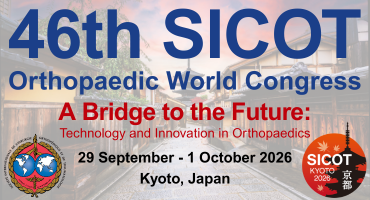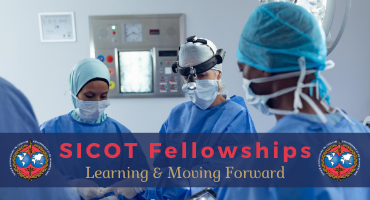Modified serrated-tip cannulated screwdriver as a sleeve for anterior column screw insertion in percutaneous acetabular fixation: A technical note and a report of two cases
Injury. 2025 Aug 25;56(11):112722. doi: 10.1016/j.injury.2025.112722. Online ahead of print.
ABSTRACT
Percutaneous fixation of certain types of acetabular fractures is a valid, minimally invasive, and successful procedure. However, the technique for proper insertion of such screws is sensitive and requires adequate understanding of radiographic images. Furthermore, an optimum entry point and trajectory of the screws should be guaranteed to avoid hip joint penetration and screws misplacement. Various tools and techniques were described; we provide a technical note describing a modification on the tip of the cannulated screwdriver where serrations were added, which helped in better stability over the bone while inserting the guidewires for screws insertion, besides protecting the soft tissue envelope, especially in obese patients. We presented two early cases, one with a pure anterior column fracture and the other with a combined anterior column fracture and disruption of the sacroiliac joint on the same side, where we used the technique we described to ease percutaneous insertion of an anterior column screw for acetabular fracture fixation.
PMID:40885165 | DOI:10.1016/j.injury.2025.112722

















